After how many days do zucchini sprout and why did not they sprout?

Zucchini is a popular culture among summer residents and gardeners. You can feast on this vegetable all season, and with a good harvest, you can also make preparations for the winter. But what if the squash seeds have not sprouted? The reasons for the low germination of this culture and the measures taken to save the harvest will be discussed in our article.
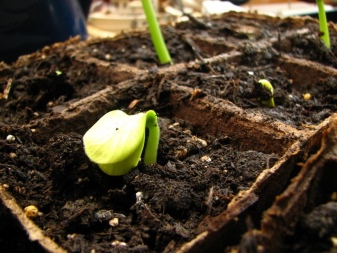
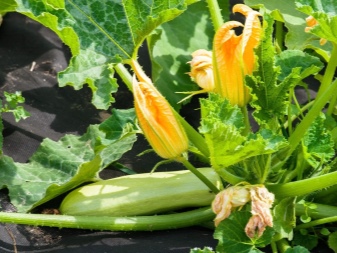
Timing
Zucchini can be planted in different ways: by seedlings at home or by seeds directly into the open ground. You need to take into account the peculiarities of the climate and how quickly you want to get the harvest. For example, if you want to eat a vegetable as soon as possible (in late June or early July), it is better to sow seeds for seedlings at home. In terms of timing, it is worth choosing the last decade of April.
To do this, prepare deep cups: this way the root system will be able to grow well and adapt faster in the open field. It is better that the container is made of peat, which decomposes perfectly in the ground and immediately feeds the soil after planting.
You can also use newspaper bags as containers for germinating zucchini seeds on the windowsill: with this container, you can also immediately plant seedlings in open ground. Seeds planted in this way will sprout in 4-5 days, but provided that they were not dry, but pre-soaked.
To sprout faster, the seeds are soaked in different ways.
- Place the seed in a cotton or linen bag, moisten it and leave it in a container for a day or two.
- Place the seeds into wet sawdust... After 3-4 days, shoots appear.
- Sprout squash seed and in hydrogel... On the second day, you can already see the roots.
- Wet seed bundle can be buried into a manure or compost heap to a depth of 15 cm and leave for 6-8 hours, and then plant them in a garden bed. This method does not look very aesthetically pleasing, but zucchini sprout pretty quickly.
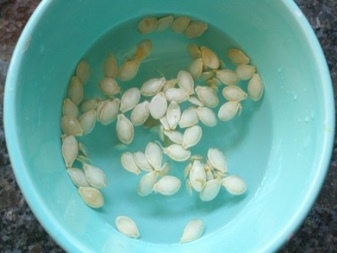
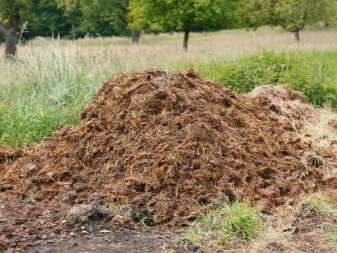
The soaking method does not have to wait long for sprouts, they appear on average after 2-4 days, both in the open field and at home... However, dry seeds can also be planted, and even immediately into the ground, but the timing, of course, will shift, the time for their germination will take longer.
In general, zucchini are among those vegetables that sprout quickly, it is only important to comply with the conditions and especially the temperature regime. The plant loves warmth, so seedlings, for example, are planted in the ground when outdoors warm weather is stable, and at night the temperature is not less than 12-15 degrees with a plus. This may be the very end of May, but in most cases it is June.
If the seeds have undergone preliminary preparation, on the 5th day after planting, friendly shoots should appear in the garden. If the conditions for zucchini germination are not very ideal, then wait for sprouts in a week or a little longer. But if after 10 days you still did not wait for the shoots, do not wait further and take measures to transplant the culture, otherwise you risk being left without your favorite vegetable.
Now analyze why the seeds did not sprout, and when reseeding, take into account all the factors that could lead to such a result.
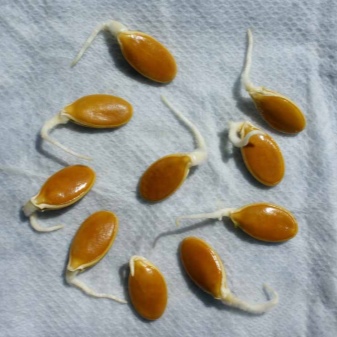
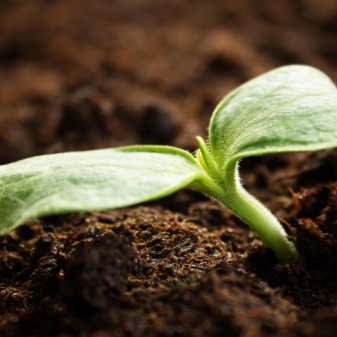
Influencing factors
Many points affect the germination of the zucchini seed. Let's consider the main reasons that can lead to a negative result.
- Too high moisture in the soil... In such an environment, the seeds can rot or freeze, keeping the roots out.
- Cold ground... If the temperature in the garden is below 20 degrees, the seed will take longer to germinate or disappear altogether.
- Poor quality grains. Usually, those who pack the seeds must carry out germination testing and quality assurance (according to Gosstandart). But this is not always the case, and therefore it is better to buy seeds from trusted distributors.
- If you planted seeds harvested by yourself, and they turned out to be from a hybrid, then such instances will never hatch, no matter what conditions you create for them.
And you could also violate the rules for storing or collecting seeds if you decided to prepare the material for planting yourself. Remember whether you planted a hybrid or a regular original. In the first case, do not try to collect seeds, but in the second, leave the most beautiful vegetable until it ripens completely in the garden. Then peel, separate the seeds and spread them on a newspaper or clean cloth (you don't need to rinse them).
When the seeds are dry, they must be collected in a paper bag or linen bag and stored in the room. Remember that seeds that are too old or too young will give a poor germination rate. The germination rate of squash seed is influenced by both the soil structure and the planting depth. In light, loose soil, the seed is deepened by 5-6 centimeters, but in a heavy clay structure it is better to plant it to a depth of 4, or even 3 centimeters.
A deeply planted zucchini seed will germinate for a long time, it may not even sprout at all. This must also be taken into account.
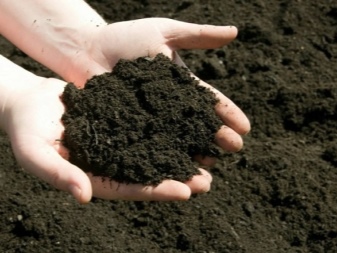
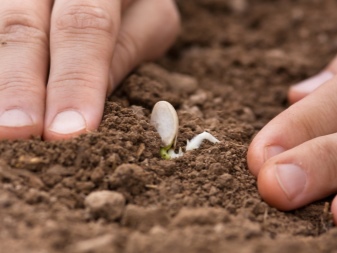
What if there are no shoots?
If the zucchini did not sprout in the open field, it was obviously too early sowing. This often happens when the sowing dates and temperature conditions are not observed. Create a film cover for the zucchini beds, warm up the greenhouse at night with the heat that can come from hot water bottles. The same greenhouse conditions are created for containers with seeds planted for seedlings. Sometimes it is enough to move the cups closer to radiators or other heat source. If after sowing 8-10 days have passed, and you notice that the seeds hatch poorly, you need to take measures to reseed the culture.
As a rule, there is enough time for reseeding: preparation of a new batch will take a maximum of 1-2 days. If you are unsure of the old seed, it is best not to reuse it. And in order to surely get seedlings and have a harvest, start by growing seedlings. In the end, if nothing comes of it (which is extremely rare), then you will have a reserve in time for planting the seed directly into the ground. But it is much easier to grow sprouts at home, controlling climatic factors and creating the necessary conditions for the development of seedlings.
Seedlings usually grow in a home or greenhouse environment within a month before they get stronger and acquire 3-4 leaves. In this form, they are already ready for landing in open areas. If, nevertheless, the seeds have not sprouted in the garden, an analysis of the situation will have to be carried out. The soil may not have been properly nourished before planting, so the seeds did not have enough nutrients to grow. Or you already grew zucchini on this site last year. The fact is that plants of the pumpkin family do not like the same place.
Compliance with crop rotation is one of the main rules for growing zucchini. It is better to plant them after tomatoes, onions, potatoes. It is desirable that the site be open to sunlight and well fertilized. You can bury zucchini seeds directly into the compost pile: this is just the perfect place for pumpkin seeds, especially if the pile is located near the fence. Often times, correcting these issues is beneficial.
An experienced gardener will always calculate everything in advance, but a beginner has to learn by trial and error. But in no case should you despair and give up growing your favorite crop.
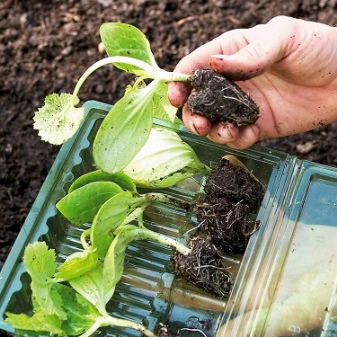
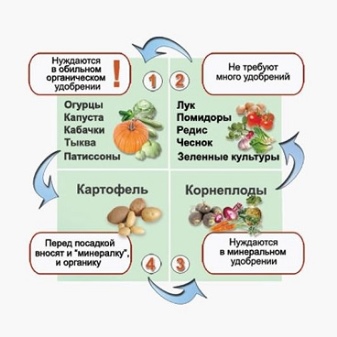













The comment was sent successfully.